Tuesday, 10 December 2019
Riding the Underground, 2 transfers, and an hour twenty later, we arrive in Greenwich just a short walk to the famous clipper ship. Cutty Sark is a British clipper ship. Built in Scotland in 1869, she was one of the last tea clippers to be built and one of the fastest, coming at the end of a long period of design development, which halted as sailing ships gave way to steam propulsion.
Wood planking over an interior steel framework....................................that's alot of tea!
As a museum ship, we see much effort was expended to tell the story.
We saw meticulous preservation/restoration on an old ship with some unfortunate fires in recent years.
Beautifully maintained woodwork....................................grey colored steel structure added for support.
Representation of where cargo is brought down through the decks - in this case, wool, hauled from Australia after the shift from the tea trade. Also, a nice, original collection of the captain's tools.
From stem to stern, Muntz cladding over timber planking over a steel skeleton. Muntz metal is a form of brass with about 60% copper, 40% zinc and a trace of iron.
Near the bow, we checked out a neat collection of figureheads.
Onto the National Maritime Museum...
We spent much of our time here in a special exhibit commemorating the 50th anniversary of the moon landing. Many interesting exhibits held our attention for some time.
We then walked up a long climb to the Royal Observatory, Greenwich.
Gerri is checking her I-phone coordinates against the Prime Meridian, Longitude Zero (although the real, actual, zero is roughly 125 yds east of this line).
Many historical spaces and equipments are on display here.
Also, within the museum spaces are the amazing John Harrison clocks. John Harrison (1693 – 1776) was a self-educated English carpenter and clock maker who invented the marine chronometer, a long-sought-after device for solving the problem of calculating longitude while at sea.
Development versions:
To the left, the H4, with which John Harrison proved that time-based determination of longitude was practical. To the right, a time piece, 135 years later, as used on the clipper Cutty Sark.
We also watched a series of planetarium presentations, adjacent to the observatory, before we left for "home".
A night time view of Canary Wharf, across the Thames River - we'll pay it a visit in a few days for our final tour in London.







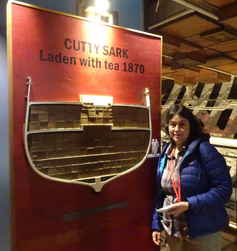




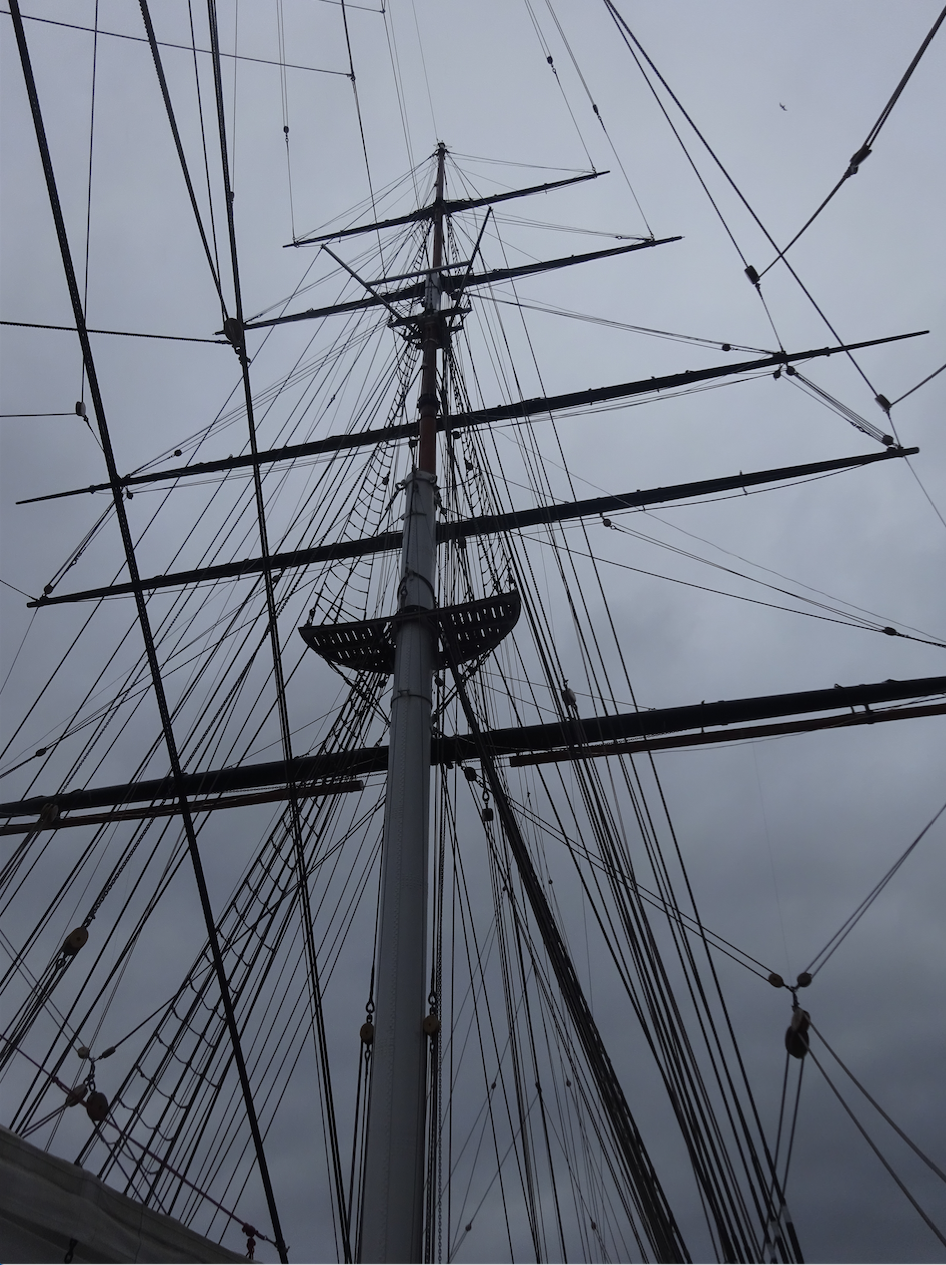
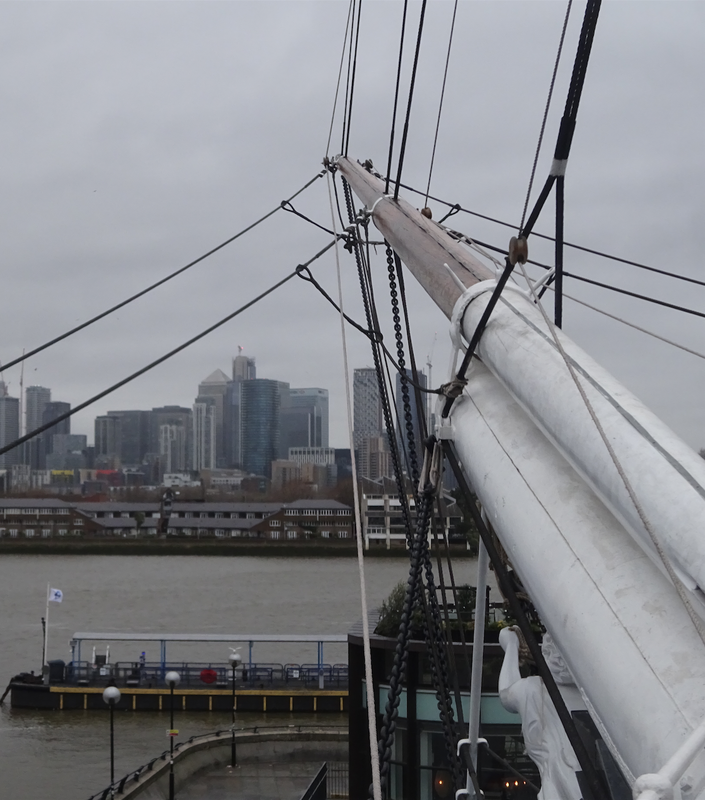

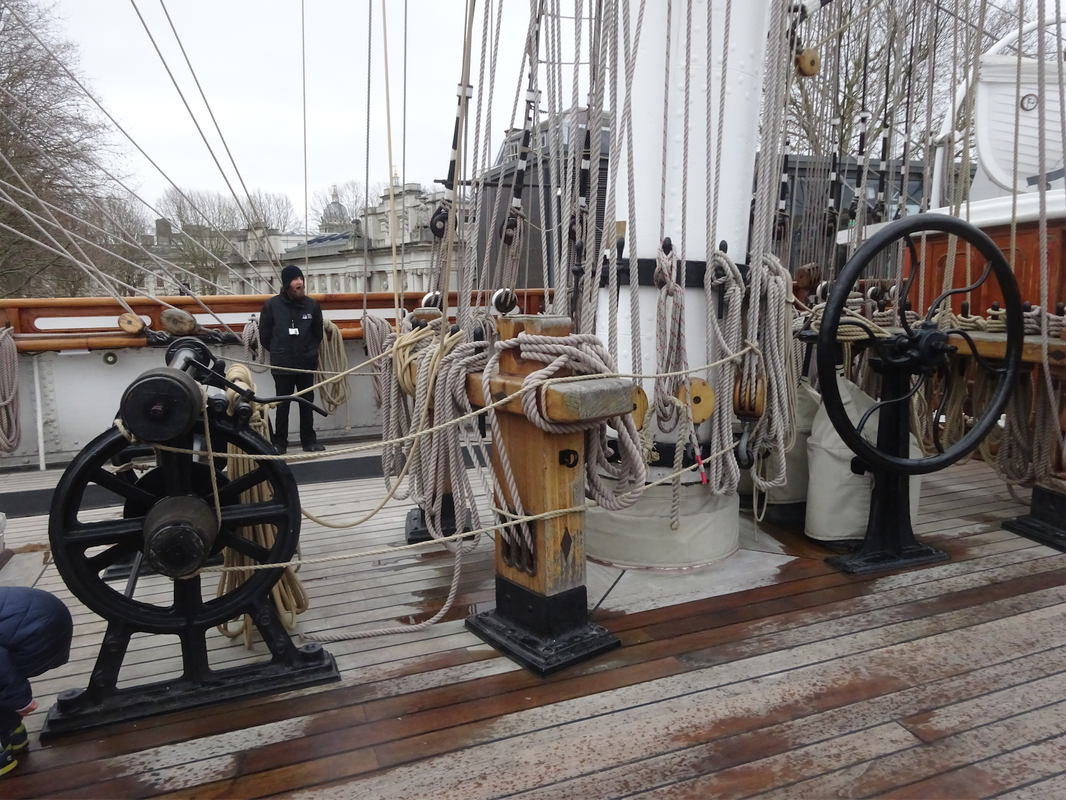

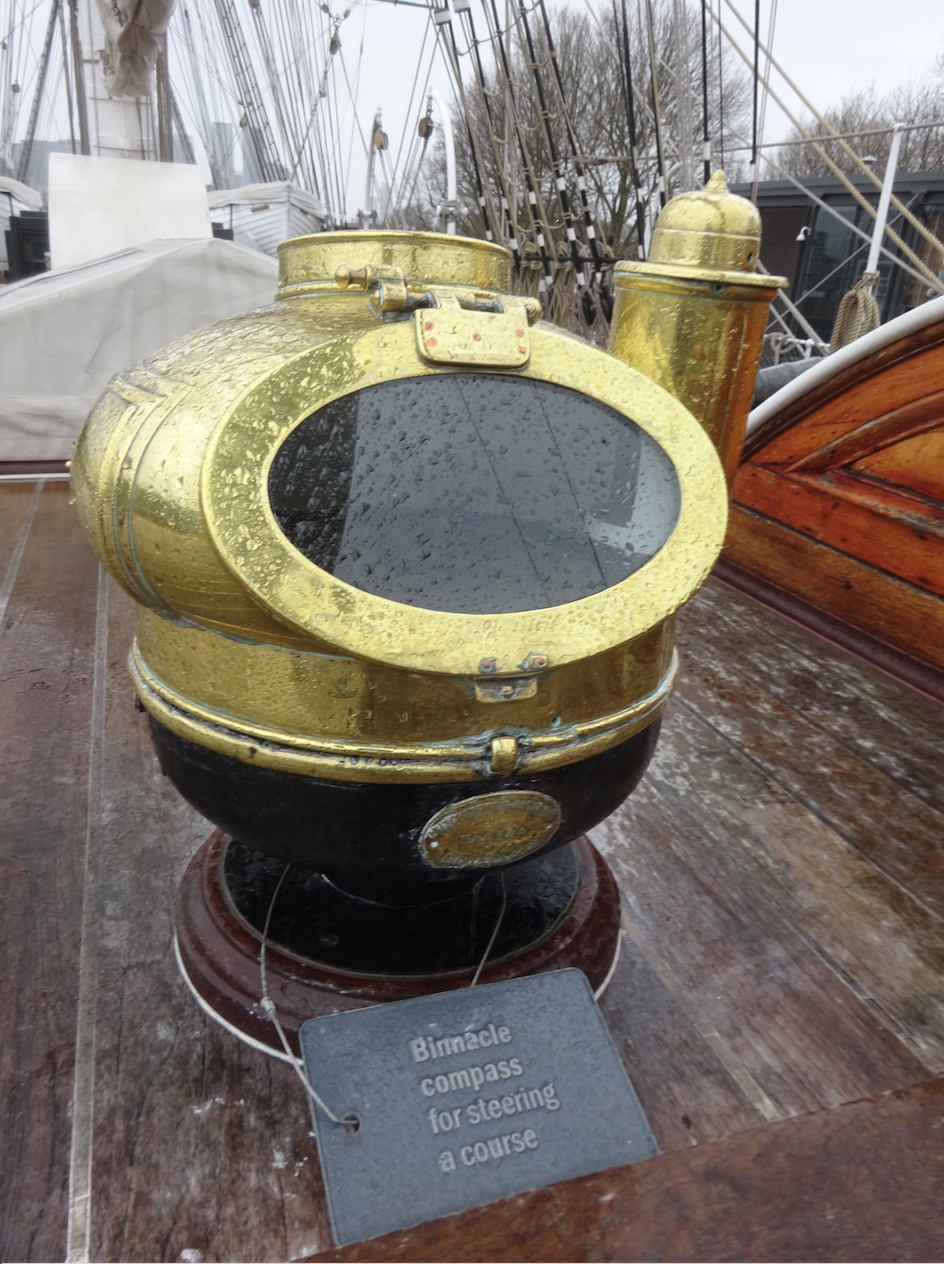



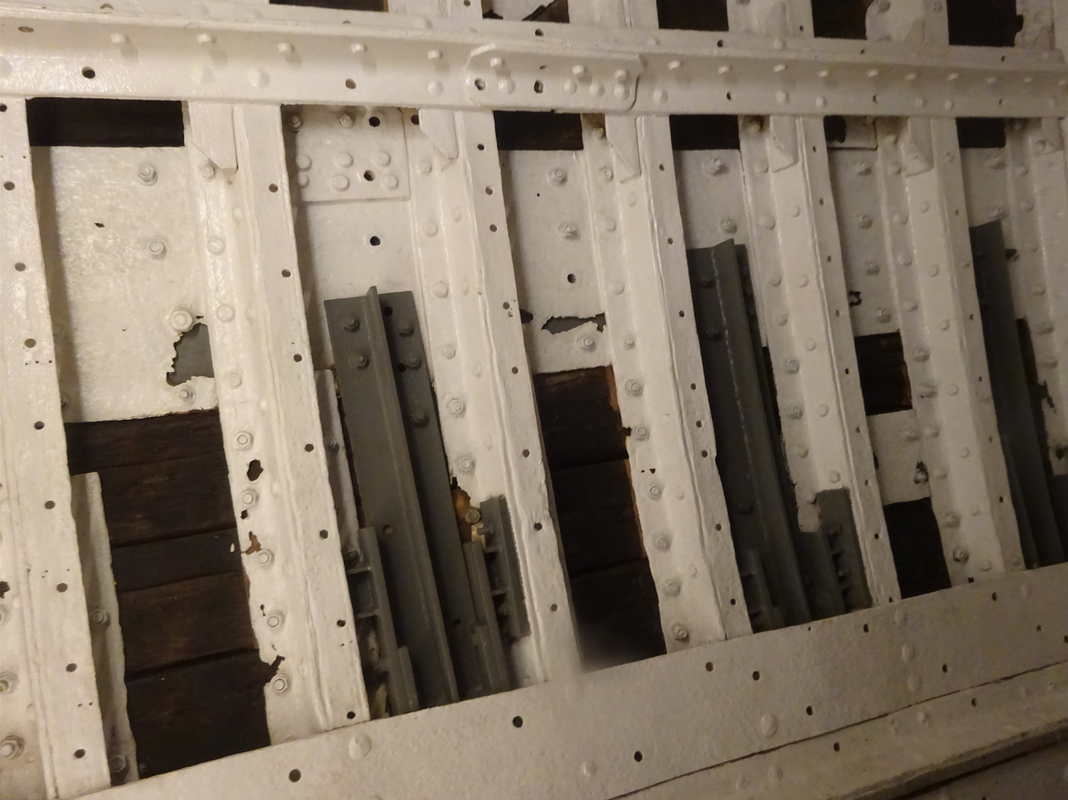

























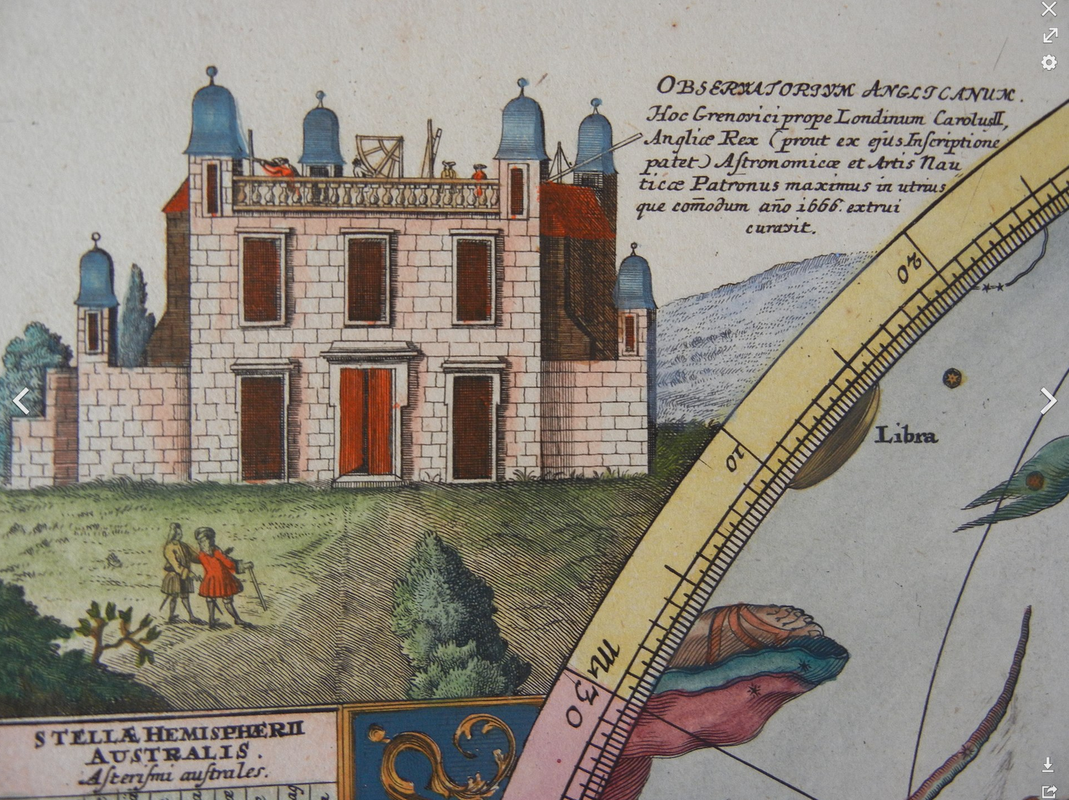




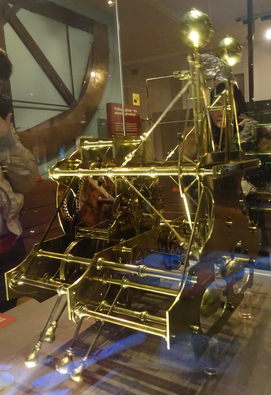







 RSS Feed
RSS Feed
